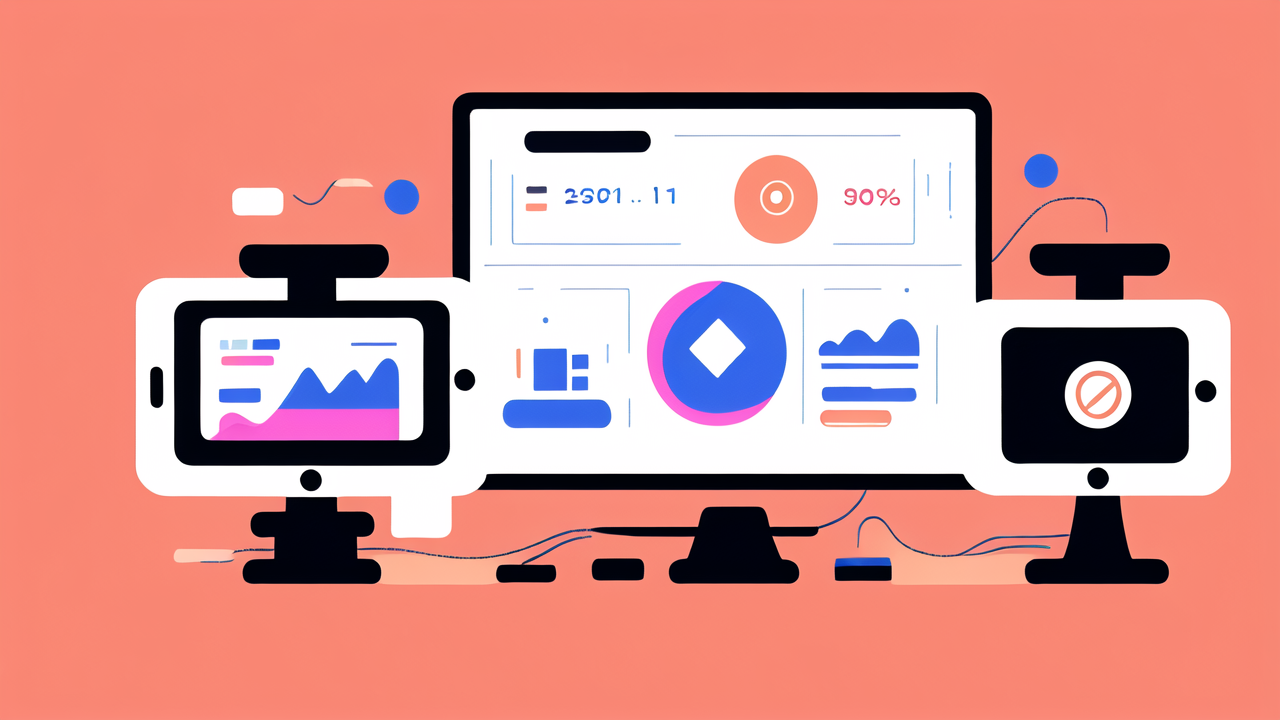The Evolution of Smart Watches: A Historical Perspective
The Origins of Smartwatch Technology
Smartwatches have come a long way since their inception. The journey began in the 1970s with early digital watches. These simple devices could do basic calculations and store small amounts of data.

As technology advanced, watches became more sophisticated. In the 1980s and 1990s, we saw watches with built-in games and TV remotes. These were the first steps towards true smartwatches.
The real breakthrough came in the early 2000s. Companies like IBM and Microsoft started experimenting with wearable computers. These early attempts paved the way for modern smartwatches.
Key Innovations Shaping Smartwatch Development
Several key innovations have shaped smartwatch development over the years. Touch screens were a game-changer. They allowed for easier interaction with small devices.
Bluetooth technology enabled smartwatches to connect with smartphones. This opened up a world of possibilities for notifications and data syncing.
Improved battery life has been crucial. Early smartwatches had very short battery lives. Now, many can last for days on a single charge.
Health tracking features have become a major selling point. Heart rate monitors, step counters, and sleep trackers are now standard.
Voice assistants like Siri and Google Assistant have made smartwatches even more useful. Users can now control their watches hands-free.
Smartwatch Adoption in the U.S. Market
Smartwatch adoption in the U.S. has grown rapidly in recent years. Initially, tech enthusiasts were the main buyers. Now, smartwatches appeal to a much wider audience.
Health and fitness tracking has been a major driver of adoption. Many Americans use smartwatches to monitor their activity levels and heart health.
The integration with smartphones has also boosted adoption. People appreciate being able to check notifications without pulling out their phone.
Fashion has played a role too. As smartwatches have become more stylish, they've appealed to fashion-conscious consumers.
Price drops have made smartwatches more accessible. While high-end models still exist, there are now many affordable options.
Analyzing the Current State of the Smartwatch Industry
Market Leaders and Their Strategies
Apple is the clear leader in the U.S. smartwatch market. Their strategy focuses on seamless integration with iPhones and high-end design.

Samsung is a strong competitor. They offer a range of models to cater to different price points and needs.
Fitbit, now owned by Google, focuses heavily on health and fitness features. This appeals to health-conscious consumers.
Garmin targets outdoor enthusiasts and serious athletes. Their watches often have rugged designs and advanced sports tracking.
Fossil Group brings traditional watch design to smartwatches. They appeal to those who want smart features in a classic look.
Each company has carved out its niche in the market. Competition drives innovation and keeps prices in check.
Consumer Trends and Demand for Smart Watches
Health and fitness tracking remains a top priority for consumers. Many people buy smartwatches to monitor their activity and wellness.
Contactless payments are becoming more popular. Many smartwatches now support this feature, adding convenience for users.
Customization is important to consumers. They want to be able to change watch faces and add apps to suit their needs.
Battery life is still a key concern. Consumers are looking for devices that can last multiple days without charging.
There's growing interest in standalone smartwatches. These can function without being connected to a smartphone.
The Role of Wearables in the Tech Ecosystem
Smartwatches are part of a larger ecosystem of wearable devices. They often work in tandem with smartphones, fitness trackers, and smart home devices.
In the health sector, smartwatches are becoming valuable tools. They can collect data that helps doctors monitor patients remotely.
For businesses, smartwatches offer new ways to interact with customers. Many companies are developing apps specifically for smartwatches.
In education, smartwatches can be used to track attendance and provide quick access to information.
The data collected by smartwatches is valuable for research. It provides insights into health trends and user behavior.
Future Directions for Smart Watch Growth
Potential Growth Areas and Consumer Opportunities
Health monitoring is likely to become even more advanced. Future smartwatches may be able to detect early signs of disease.

Integration with smart home devices could increase. Imagine controlling your lights or thermostat from your wrist.
Augmented reality features could make smartwatches more interactive. This could open up new possibilities for gaming and navigation.
Improved battery technology could lead to longer-lasting devices. This would make smartwatches even more convenient for users.
More specialized smartwatches may emerge. We might see devices tailored for specific professions or activities.
The Impact of AI and Machine Learning on Smart Watches
AI could make smartwatches much smarter. They might be able to predict your needs based on your habits and routines.
Machine learning could improve health tracking. Watches could learn to recognize patterns that indicate potential health issues.
Voice assistants will likely become more sophisticated. They might be able to handle more complex tasks and queries.
AI could enable more personalized experiences. Your watch could adjust its features based on your individual preferences.
Machine learning might improve battery life. It could optimize device performance based on your usage patterns.
Regulatory Considerations and Privacy Concerns
As smartwatches collect more data, privacy concerns are growing. Regulators are looking at how this data is collected and used.
Health data is particularly sensitive. There are strict rules about how medical information can be stored and shared.
Location tracking is another area of concern. Users want control over when and how their location is monitored.
Data security is crucial. Companies need to ensure that smartwatch data is protected from hackers and data breaches.
There may be new regulations around AI in smartwatches. Lawmakers are considering how to ensure AI is used ethically and safely.
Transparency will be key. Users want to know what data is being collected and how it's being used.
As smartwatches continue to evolve, balancing innovation with privacy and security will be crucial.




Leave a comment
This site is protected by hCaptcha and the hCaptcha Privacy Policy and Terms of Service apply.